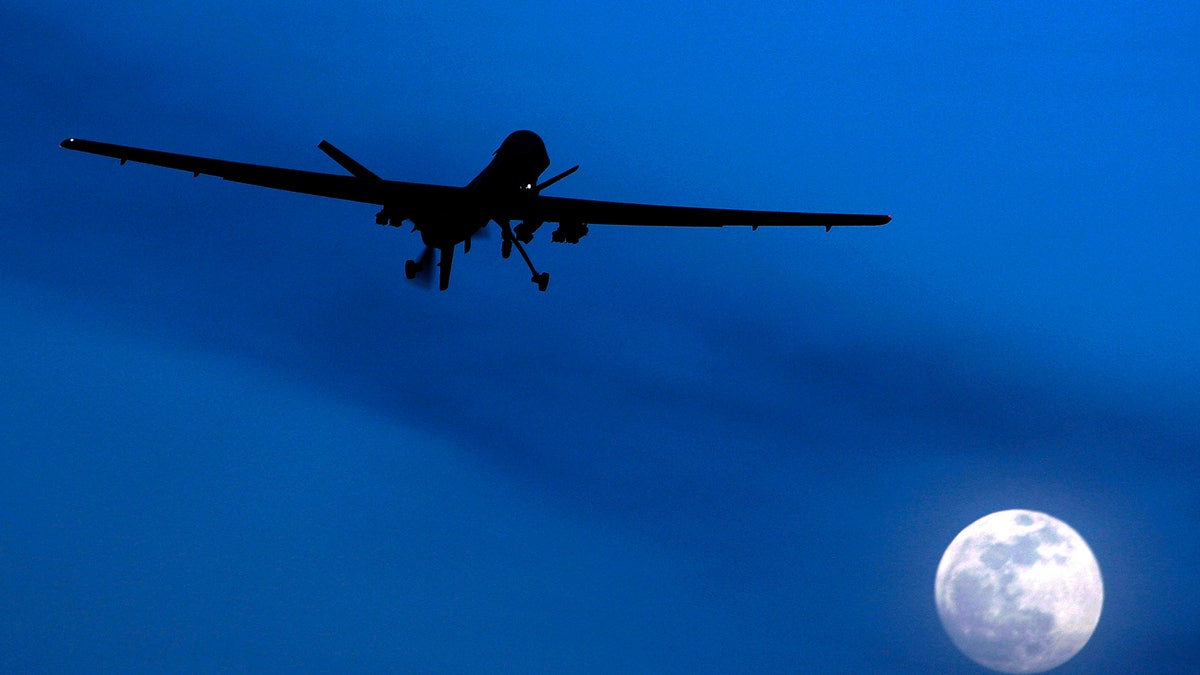
Texas students successfully hijacked a drone in a university experiment. (AP)
Even decades after the last bombs fall or shots are fired, historic battlefields are still dangerous. The problem is undetonated explosives and mines. Up until now, there was no inexpensive way to find them, but researchers at the University of Wisconsin at Madison have found a way to do just that.
The technology, developed by the university's Fusion Technology Institute, looks for signatures of explosive material or other objects by shooting out a small stream of neutrons at a given target from a small device mounted on a drone.
In addition to finding explosives, researchers say the technology could be used to locate persons trapped beneath building rubble in the wake of a natural or man-made disaster, or employed by miners to locate valuable mineral deposits much quicker than conventional methods.
Related: European first responders use drones to save lives
Unlike many discoveries we've reported on in the past, this one has already been tested. The school says a proof of concept device was successfully mounted on a drone and tested about five months ago. This said, the device still gives off hazardous gamma ray radiation, leading some to raise concerns over its safe use.
More from Digital Trends
This catapult crashes drones into raw pork to simulate what collisions do to the human body
'Fore! Beers please.' Golfers in Japan will soon get drinks delivered by drone
This drone can automatically follow forest trails to track down lost hikers
That is unwarranted, says lab director Jerry Kulcinski, who argued the amount of radiation a person in the device's scanning path would receive is rather minimal -- about the same as a person flying for 10 minutes at 30,000 feet. But that's not the only issue: there are limitations on scanning and the flight path will put it in harm's way.
Anything buried more than 3 to 6 feet below the surface would be undetectable, Kulcinski says. The drone will need to fly relatively close to the ground in order to scan effectively, heightening the risk of the device-equipped drone being shot down. That is an acceptable risk, and will tell you that you're on to something, he argues.
Either way, there is quite a bit of excitement surrounding the discovery. With current methods so expensive, Kulcinski's team definitely is on to something here, say experts.
"In a very practical manner, I think this can be a tremendous tool," National Nuclear Security Administration chief Col. John W. Weidner told the Journal Times. "From what I've read, its applications are only limited by the imagination of the user."
